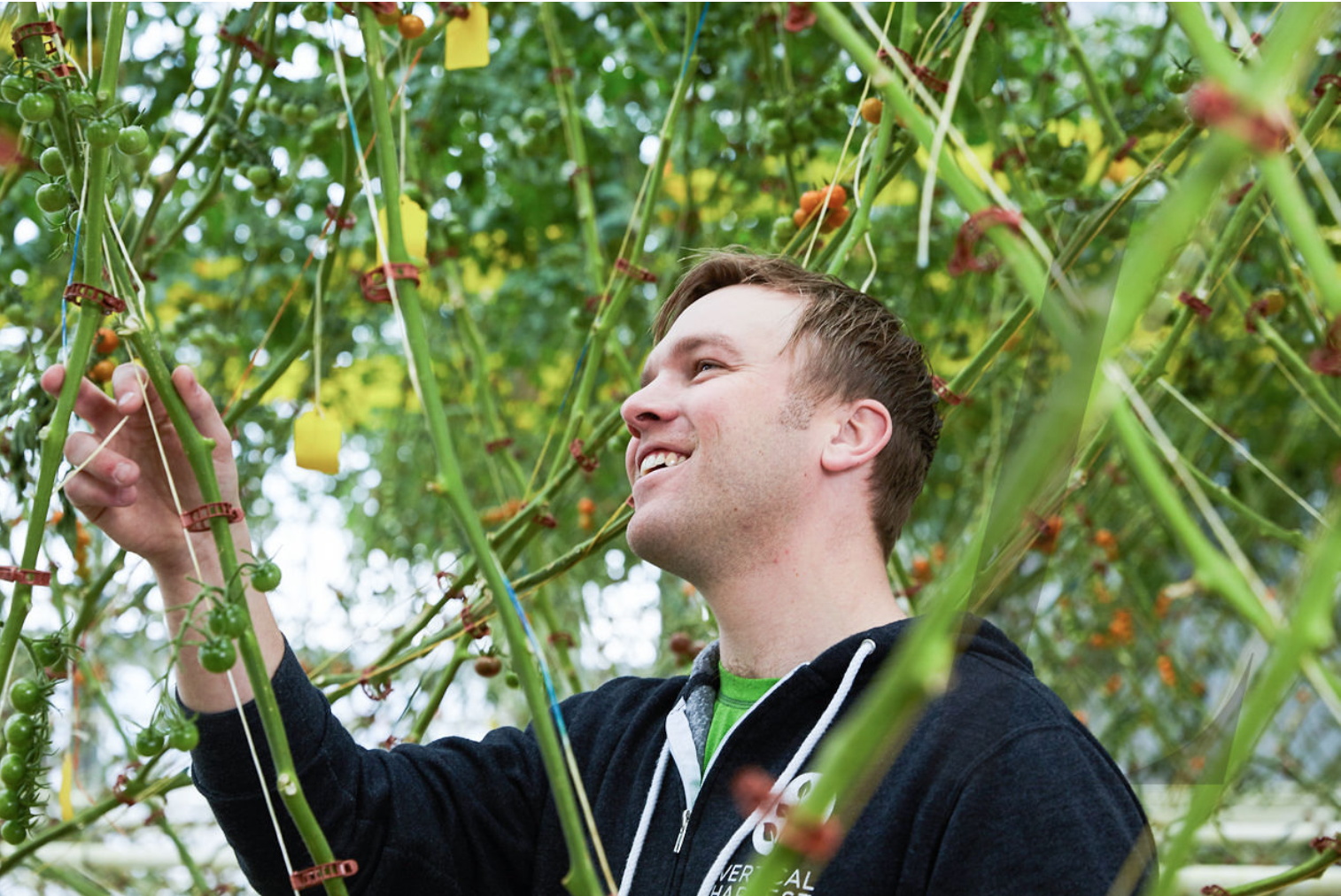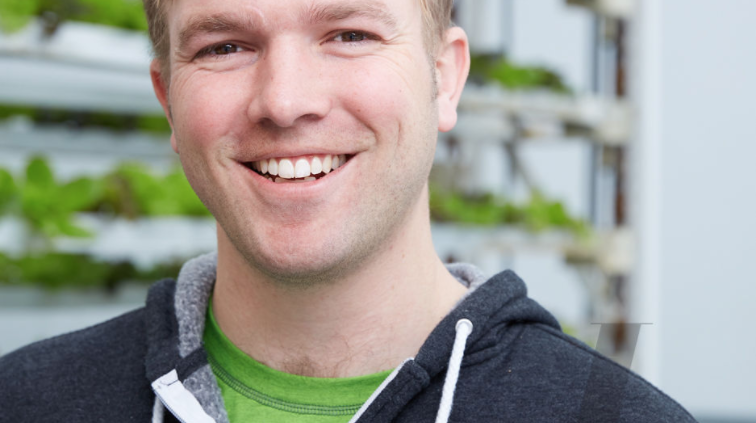Behind the Scenes in the Greenhouse: An interview with Chris Hogberg

Chris Hogberg, Vertical Harvest Jackson General Manager, gives you a peek behind the curtain to what work life is like in our beautiful Wyoming greenhouse. Chris joined Vertical Harvest on a consulting basis three years ago and now oversees the day-to-day operations of our grow team. Chris has a background in construction and as a chef. He also ran an artisan hummus business before joining our team. Let’s dive in:
- Blog Team: Why do the carousels in the greenhouse spin? Can you give us a bit more info on the carousels?
Chris: The spinning is for a couple of reasons. First, it helps to maximize the amount of light the plants receive. So, they constantly rotate to help distribute that light intake. The second reason is ergonomics. The carousel brings the crops directly to the farmers tending them, whether it be for seeding, planting or harvesting. It helps to reduce bending over. So, by design, it helps farming be more accessible to a diverse range of farmers. The carousels were custom made by a Dutch company called Codema and Vertical Harvest is the only place that has a functional version of this model. However, this type of carousel is a challenge to keep running, so we will be simplifying to a more traditional (yet also custom and accessible) conveyor rack system in future greenhouses. - Blog Team: Which engineering aspect of VH is the most crucial to keeping production running?
Chris: Our water system is most crucial. It contains a solution fertilized with phosphate, potassium, and nitrogen that feeds the plants. In the peak part of the day, our microgreens and petite greens get watered every 1.25 hours and the lettuce every 15 minutes, so if we run out of fertilizer or a pump goes down you’ll notice the plants drooping quite a bit. Water is really the life-blood of a hydroponic greenhouse because you have little to no soil for water retention. Water passes right over the roots of the plant in a continuous, recycled flow. If that stops, you have problems. - Blog Team: What is unique about the VH building compared to other greenhouses or farms?
Chris: It is the combination of being a glass greenhouse and being a vertical farm. Greenhouses are usually one-story and rectangular and most vertical farms are tall, but enclosed, like a warehouse. We are unique in that we are vertical, but we utilize natural light. And, because of our striking glass building, we have become a community fixture that adds to the architectural beauty of the urban landscape. - Blog Team: What changes and company growth have most impressed you over the past 5 years?
Chris: It’s so amazing to see the personal growth of everyone on the staff. None of us had a background in hydroponic farms, but we’ve each brought our very different skill sets to the accidental farmer mindset. Now, after trial and error, we really know what we are doing! But our different perspectives and abilities still help us to bring creative solutions to everyday issues. It’s personally very satisfying. - Blog Team: In your experience, how does the Vertical Harvest mission play into your day-to-day work life?
Chris: The atmosphere is always one of joy, which is not what you usually find in a lot of workplaces. And, I think a lot of that really is due to the social component. People believe in what we do here — growing people as well as plants — so we all come to work with smiles on our faces. It is really contagious. It lends itself to people being driven and producing even more high-quality work. Our team takes a deep sense of pride in what we do here to push the business forward.





